Hunter Syndrome Diagnosed by Otorhinolaryngologist
- PMID: 29862106
- PMCID: PMC5971261
- DOI: 10.1155/2018/4252696
Hunter Syndrome Diagnosed by Otorhinolaryngologist
Abstract
Hunter syndrome is a lysosomal disease characterized by deficiency of the lysosomal enzyme iduronate-2-sulfatase (I2S). It has an estimated incidence of approximately 1 in 1,62,000 live male births. We report a case of Hunter syndrome diagnosed by an otorhinolaryngologist. To our knowledge, this is the first study diagnosed by an otorhinolaryngologist despite the fact that otorhinolaryngological symptoms manifest at a young age in this disease. The patient was a 4-year-old boy. He underwent adenotonsillectomy. Intubation was difficult, and he had some symptoms which are reasonable as a mucopolysaccharidosis. The otorhinolaryngologist should play an integral role in the multidisciplinary approach to the diagnosis and management of many children with MPS (mucopolysaccharidoses) disorders.
Figures


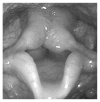
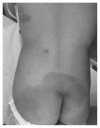

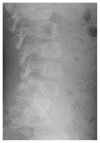
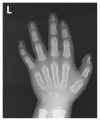

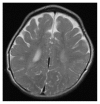
References
Publication types
LinkOut - more resources
Full Text Sources
Other Literature Sources

